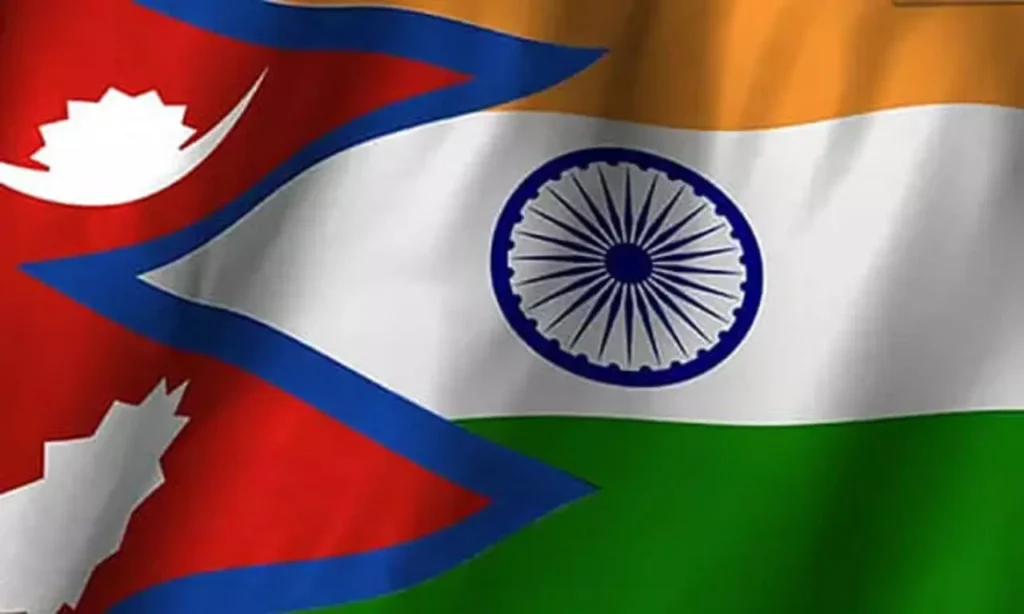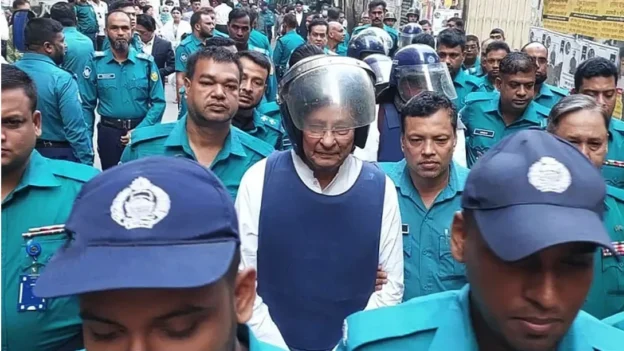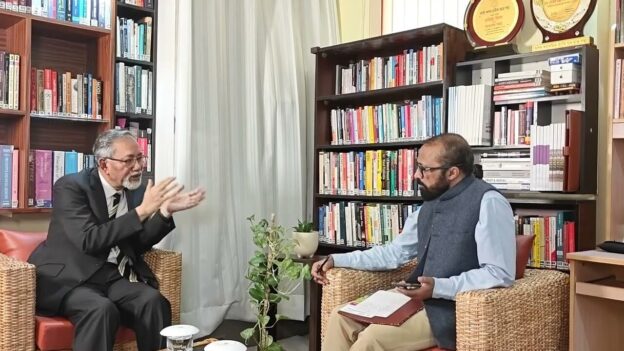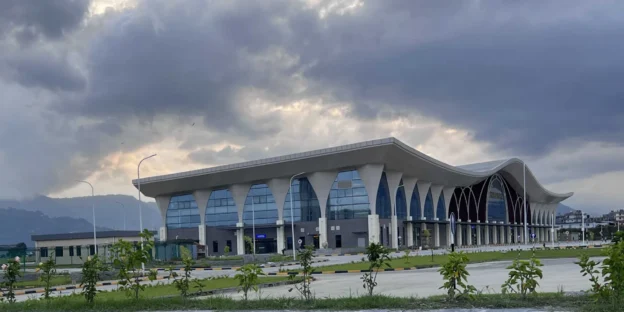At a time when India faces an active two-and-a-half front war scenario—Western neighbor Pakistan, Eastern neighbor China, and the internal half being terrorism—Nepal’s security becomes crucial for India’s strategic calculus. Hemmed in between these two Asian giants, China and India, Nepal’s stability directly impacts India’s ability to secure its vulnerable northern flank against an increasingly complex web of security threats.
The urgency of this challenge crystallized on May 23, when India and Nepal conducted joint border patrols after New Delhi received actionable intelligence about suspected terrorists operating within Nepalese territory. Indian intelligence agencies had identified an Islamist organization in Nepalgunj along the Indo-Nepal border that Pakistani nationals frequently visited during special functions—a revelation that sent alarm bells ringing across India’s security establishment.
India’s Sashastra Seema Bal and Nepal’s Armed Police Force implemented these precautionary measures based on credible intelligence inputs about radicalized individuals’ movements in border areas.
The Nepal Challenge
Following recent terrorist attacks and India’s subsequent security operations, the entire subcontinent is reeling under unprecedented security threats. While cross-border terrorism emanating from Pakistan represents a direct and constant threat, suspicious activities in neighboring Nepal have emerged as an equally dangerous concern that New Delhi can no longer afford to ignore.
India shares a 1,751-kilometer border with Nepal—a frontier that represents South Asia’s most liberal border model. This open, permeable boundary honors the shared heritage and cultural affinities of communities on both sides, facilitating seamless movement and commerce while maintaining distinct national identities. However, this very openness has transformed from a strategic asset into potential liability as regional security dynamics have deteriorated.
Nepal’s porous border with India has become a critical operational corridor for Pakistan-based terror outfits seeking to penetrate Indian territory undetected. Lashkar-e-Taiba, the notorious group behind Mumbai’s 2008 carnage that killed 166 people, actively exploits Nepal’s open frontier to infiltrate operatives into India. Back in 2013, authorities had snagged Abdul Kareem Tunda, Lashkar-e-Taiba’s master bombmaker and key operative, from the same border region.
Similarly, Jaish-e-Mohammed—the group responsible for the 2019 Pulwama attack that killed 40 CRPF personnel—leverages Nepalese territory for logistical movement and support operations. The banned Students Islamic Movement of India treats Nepal as both a safe haven and transit point, capitalizing on the unrestricted cross-border movement that characterizes this frontier to evade Indian security forces and plan operations within Indian territory.
A Multi-Directional Security Nightmare
The threat extends far beyond Pakistan-based groups to include homegrown and regional terror networks that view Nepal as strategically valuable territory for anti-India operations. Indian Mujahideen, responsible for devastating bombings across Indian cities including Delhi, Mumbai, and Bangalore, has historically used Nepal as an escape route from Indian security forces. The group’s founders, including Amir Reza Khan, reportedly operated from Nepalese soil, treating the country as their operational backyard. In August 2013, exposing how easily high-value terrorists exploit the Indo-Nepal porous frontier, Yasin Bhatkal, the Indian Mujahideen co-founder who orchestrated 11 devastating bomb attacks across major Indian cities from Delhi to Mumbai that claimed countless innocent lives, was nabbed by Indian security forces right at the Nepal border crossing.
Harkat-ul-Jihad al-Islami’s South Asian operations suggest potential use of Nepal for logistical support, while emerging threats like Ansar Ghazwat-ul-Hind’s al-Qaeda affiliations raise serious concerns about transnational jihadist movements utilizing Nepal’s ungoverned spaces. These groups exploit Nepal’s political instability and limited security apparatus to establish networks that threaten regional stability.
The terror landscape has further complicated with Islamic State’s attempted South Asian foothold and Bangladesh-based Jamaat-ul-Mujahideen’s cross-border operations. IS recruitment efforts targeting individuals from both India and Nepal, combined with the group’s potential use of Nepal’s open border for movement and logistics, represents a dangerous evolution in regional security threats that transcends traditional bilateral concerns.
Meanwhile, Indian authorities’ arrests of JMB operatives in Nepal-bordering states confirm that even Bangladesh-based terror groups exploit Nepalese territory for cross-border infiltration, creating a multi-directional security nightmare that transforms Nepal from peaceful buffer state into unwitting terror highway.
Pakistan’s Strategic Game in Nepal
Pakistan’s ISI has systematically turned Nepal into its anti-India playground, with investigations into the IC814 hijacking definitively exposing ISI fingerprints all over that brazen terror spectacle. The spy agency bankrolls numerous border madrasas that double as hate factories and terrorist recruiting centers while using Nepal-based criminal gangs to dump counterfeit currency into India’s economy—a calculated assault on India’s financial backbone designed to create long-term economic instability.
The strategic threat deepened when Pakistan and China attempted establishing consulates in Nepal’s Terai region during 2005-2007, a move blocked only after urgent Indian diplomatic intervention. This episode revealed the broader pattern of external powers viewing Nepal as prime real estate for anti-India operations, with both countries seeking to establish intelligence outposts on India’s doorstep.
The ugly truth is that global terror networks have found willing local partners in Nepal, creating a toxic cocktail where Nepalese territory becomes the perfect launching pad for every conceivable attack on Indian interests—from economic sabotage to outright terrorism, all courtesy of an open border that Pakistan exploits ruthlessly while India pays the price in blood and treasure.
Military Diplomacy: The Silver Lining
Despite these security challenges, the India-Nepal relationship maintains crucial positive elements that provide hope for enhanced cooperation. Nepal continues to provide essential training for selected Indian military officers, maintaining institutional linkages that strengthen bilateral understanding. Additionally, around 35,000 Nepali personnel currently serve in seven Gorkha regiments of the Indian Army, with over 120,000 pensioners residing in Nepal. These figures underscore the immense value of military diplomacy between the two countries. This military cooperation provides a foundation for enhanced security coordination, but it requires expansion and deepening to address contemporary threats effectively.
The evolving security landscape demands that governments of both countries maintain rock-solid coordination and share intelligence transparently. As diplomatic outreach intensifies and security dynamics continue evolving, India and Nepal must prove they can be ideal neighbors despite mounting challenges. The May 23 joint border patrol represents a positive step, but sustained cooperation across intelligence sharing, border management, and counter-terrorism operations will determine whether this relationship becomes a model for regional security cooperation or a cautionary tale of missed opportunities.
The stakes couldn’t be higher: in an era of great power competition and asymmetric warfare, the India-Nepal border must transform from a terror highway back into symbol of neighborly trust—before it’s too late for both nations.







